Anti-Human CD40 Recombinant Antibody (chi220)
CAT#: TAB-188LC
The product is a recombinant monoclonal antibody that targets CD40. In cynomolgus monkeys, the product was assessed for its capacity to inhibit primary and secondary humoral immune responses to T cell-dependent antigens. To evaluate its in vitro efficacy, recombinant forms were created by fusing variable regions to human constant regions.











Specifications
- Host Species
- Human
- Derivation
- Chimeric (mouse/human)
- Type
- Chimeric antibody (mouse/human)
- Specificity
- Human
- Clone
- chi220
- Applications
- SPR, ELISA, Inhib, FuncS
- Related Disease
- Arthritis, Skin transplantation
Applications
- Application Notes
- This antibody has been tested for use in Enzyme-linked Immunosorbent Assay, Inhibition and Functional Assay. Please see the Published Data for further information.
Target
Customer Review
There are currently no Customer reviews or questions for TAB-188LC. Click the button above to contact us or submit your feedback about this product.
Submit Your Publication
Published with our product? Submit your paper and receive a 10% discount on your next order! Share your research to earn exclusive rewards.
Related Diseases
Downloadable Resources
Download resources about recombinant antibody development and antibody engineering to boost your research.
Product Notes
This is a product of Creative Biolabs' Hi-Affi™ recombinant antibody portfolio, which has several benefits including:
• Increased sensitivity
• Confirmed specificity
• High repeatability
• Excellent batch-to-batch consistency
• Sustainable supply
• Animal-free production
See more details about Hi-Affi™ recombinant antibody benefits.
Datasheet
MSDS
COA
Certificate of Analysis LookupTo download a Certificate of Analysis, please enter a lot number in the search box below. Note: Certificate of Analysis not available for kit components.
See other products for "Clone chi220"
- CAT
- Product Name
See other products for "CD40"
Select a product category from the dropdown menu below to view related products.
| CAT | Product Name | Application | Type |
|---|---|---|---|
| TAB-152 | Anti-Human CD40 Recombinant Antibody (TAB-152) | IF, IP, Neut, FuncS, ELISA, FC, ICC | IgG1 |
| TAB-126CL | Human Anti-CD40 Recombinant Antibody (TAB-126CL) | Block, Cyt, FuncS, Inhib | Human IgG |
| TAB-189LC-S(P) | Anti-Human CD40 Recombinant Antibody scFv Fragment (F4) | SPR, ELISA | Humanized antibody |
| TAB-190LC-S(P) | Anti-Human CD40 Recombinant Antibody scFv Fragment (L3.17) | SPR, ELISA | Humanized antibody |
| TAB-194LC-S(P) | Human Anti-CD40 Recombinant Antibody; scFv Fragment (TAB-194LC-S(P)) | ELISA | Humanized scFv |
| CAT | Product Name | Application | Type |
|---|---|---|---|
| AGTO-G079E | Anti-CD40 immunotoxin (scFv)-PE | Cytotoxicity assay, Function study |
| CAT | Product Name | Application | Type |
|---|---|---|---|
| TAB-0061CL-S(P) | Anti-Human CD40 Recombinant Antibody scFv Fragment (PPAT-071-01) | ELISA, FuncS | |
| TAB-0062CL-S(P) | Anti-Human CD40 Recombinant Antibody scFv Fragment (PPAT-071-02) | ELISA, FuncS | |
| TAB-0063CL-S(P) | Anti-Human CD40 Recombinant Antibody scFv Fragment (PPAT-071-03) | ELISA, FuncS | |
| TAB-0064CL-S(P) | Anti-Human CD40 Recombinant Antibody scFv Fragment (PPAT-071-04) | ELISA, FuncS | |
| TAB-0065CL-S(P) | Anti-Human CD40 Recombinant Antibody scFv Fragment (PPAT-071-05) | ELISA, FuncS |
| CAT | Product Name | Application | Type |
|---|---|---|---|
| TAB-202LC | Anti-CD40 Recombinant Antibody (TAB-202LC) | ELISA, FC, FuncS | Chimeric (mouse/rhesus) IgG1 |
| TAB-203LC | Anti-CD40 Recombinant Antibody (TAB-203LC) | ELISA, FC, FuncS | Chimeric (mouse/rhesus) IgG4 |
| TAB-188LC-F(E) | Anti-Human CD40 Recombinant Antibody Fab Fragment (chi220) | SPR, ELISA | Chimeric antibody (mouse/human) |
| TAB-192LC-F(E) | Human Anti-CD40 Recombinant Antibody; Fab Fragment (TAB-192LC-F(E)) | ELISA | Chimeric (mouse/human) Fab |
| TAB-193LC-F(E) | Human Anti-CD40 Recombinant Antibody; Fab Fragment (TAB-193LC-F(E)) | ELISA | Chimeric (mouse/human) Fab |
| CAT | Product Name | Application | Type |
|---|---|---|---|
| TAB-195LC-F(E) | Human Anti-CD40 Recombinant Antibody; Fab Fragment (TAB-195LC-F(E)) | ELISA | Human Fab |
| TAB-196LC-F(E) | Human Anti-CD40 Recombinant Antibody; Fab Fragment (TAB-196LC-F(E)) | ELISA | Human Fab |
| TAB-197LC-F(E) | Human Anti-CD40 Recombinant Antibody; Fab Fragment (TAB-197LC-F(E)) | ELISA | Human Fab |
| TAB-198LC-F(E) | Human Anti-CD40 Recombinant Antibody; Fab Fragment (TAB-198LC-F(E)) | ELISA | Human Fab |
| TAB-006ML | Anti-Human CD40 Recombinant Antibody (Bleselumab) | ELISA, IHC, FC, IP, IF, Inhib | IgG4, κ |
| CAT | Product Name | Application | Type |
|---|---|---|---|
| NEUT-362CQ | Human Anti-CD40 Recombinant Antibody (clone 5D12) | Block, ELISA, FC, SPR, IP, IHC | Human IgG4, κ |
| NEUT-363CQ | Mouse Anti-CD40 Recombinant Antibody (clone 5C3) | FC, Block, Activ | Mouse IgG1, κ |
| NEUT-366CQ | Rat Anti-CD40 Recombinant Antibody (clone MAB0819) | Block, Activ | Rat IgG2 |
| CAT | Product Name | Application | Type |
|---|---|---|---|
| NEUT-364CQ | Mouse Anti-CD40 Recombinant Antibody (clone CBL829) | WB, Neut | Mouse IgG2b, κ |
| NEUT-367CQ | Mouse Anti-CD40 Recombinant Antibody (clone CBL013) | WB, IHC, Neut | Mouse IgG2 |
| CAT | Product Name | Application | Type |
|---|---|---|---|
| NEUT-365CQ | Hamster Anti-CD40 Recombinant Antibody (clone HM40-3) | FC, Block, Costim, IHC | Hamster IgM |
| CAT | Product Name | Application | Type |
|---|---|---|---|
| MOR-4059 | Hi-Affi™ Rabbit Anti-CD40 Recombinant Antibody (clone SI126DS) | ELISA | Rabbit IgG |
| CAT | Product Name | Application | Type |
|---|---|---|---|
| MOB-105LC | Human Anti-CD40 Recombinant Antibody (MOB-105LC) | FC, FuncS | Human IgG1, κ |
| VS-0724-XY18 | Mouse Anti-CD40 Agonistic Antibody (VS-0724-XY18) | FC, Agonistic assays, CyTOF®, ICC | Mouse IgG2b |
| VS-0724-XY19 | Rat Anti-Cd40 Agonistic Antibody (VS-0724-XY19) | FC, IP, Agonistic assays, CyTOF® | Rat IgG2a |
| VS-0724-XY20 | Rabbit Anti-Cd40 Agonistic Antibody (VS-0724-XY20) | FC, WB, FuncS, Activ, Agonistic assays | Rabbit IgG, kappa |
| VS-0724-XY21 | Rat Anti-Cd40 Agonistic Antibody (clone FGK45) | FC, WB, FuncS, Activ, Agonistic assays | Rat IgG2a, kappa |
| CAT | Product Name | Application | Type |
|---|---|---|---|
| NS-021CN | Human Anti-CD40 Recombinant Antibody (NS-021CN) | ELISA, IF, Block, FuncS | Human IgG |
| NS-021CN-F(E) | Human Anti-CD40 Recombinant Antibody; Fab Fragment (NS-021CN-F(E)) | ELISA | Human Fab |
| NS-021CN-S(P) | Human Anti-CD40 Recombinant Antibody; scFv Fragment (NS-021CN-S(P)) | ELISA | Human scFv |
| CAT | Product Name | Application | Type |
|---|---|---|---|
| HPAB-0009-WJ-F(E) | Human Anti-CD40 Recombinant Antibody; Fab Fragment (HPAB-0009-WJ-F(E)) | ELISA | Human Fab |
| HPAB-0488-WJ-F(E) | Mouse Anti-CD40 Recombinant Antibody; Fab Fragment (HPAB-0488-WJ-F(E)) | ELISA | Mouse Fab |
| HPAB-0489-WJ-F(E) | Mouse Anti-CD40 Recombinant Antibody; Fab Fragment (HPAB-0489-WJ-F(E)) | ELISA | Mouse Fab |
| HPAB-0490-WJ-F(E) | Human Anti-CD40 Recombinant Antibody; Fab Fragment (HPAB-0490-WJ-F(E)) | ELISA | Human Fab |
| HPAB-0491-WJ-F(E) | Human Anti-CD40 Recombinant Antibody; Fab Fragment (HPAB-0491-WJ-F(E)) | ELISA | Human Fab |
| CAT | Product Name | Application | Type |
|---|---|---|---|
| HPAB-1110LY-S(P) | Mouse Anti-CD40 Recombinant Antibody (clone CBL020); scfv Fragment | ELISA | Mouse scfv |
| PSBC-514 | Human Anti-CD40 Recombinant Antibody scFv Fragment (PSBC-514) | ELISA, FC, WB, Agonist | Mouse scFv |
| HPAB-M0030-YC-S(P) | Human Anti-CD40 Recombinant Antibody; scFv Fragment (HPAB-M0030-YC-S(P)) | ELISA, FuncS | Human scFv |
| HPAB-M0031-YC-S(P) | Human Anti-CD40 Recombinant Antibody; scFv Fragment (HPAB-M0031-YC-S(P)) | ELISA, FuncS | Human scFv |
| HPAB-0488-WJ-S(P) | Mouse Anti-CD40 Recombinant Antibody; scFv Fragment (HPAB-0488-WJ-S(P)) | ELISA | Mouse scFv |
| CAT | Product Name | Application | Type |
|---|---|---|---|
| HPAB-1662LY | Mouse Anti-CD40 Recombinant Antibody (HPAB-1662LY) | ELISA, RIA, Antagonist | Mouse IgG |
| HPAB-1663LY | Mouse Anti-CD40 Recombinant Antibody (HPAB-1663LY) | ELISA, RIA | Mouse IgG |
| HPAB-1664LY | Mouse Anti-CD40 Recombinant Antibody (HPAB-1664LY) | ELISA, RIA | Mouse IgG |
| HPAB-1665LY | Mouse Anti-CD40 Recombinant Antibody (HPAB-1665LY) | ELISA, RIA, FuncS | Mouse IgG |
| HPAB-1666LY | Mouse Anti-CD40 Recombinant Antibody (HPAB-1666LY) | ELISA, RIA, Neut, FuncS | Mouse IgG |
| CAT | Product Name | Application | Type |
|---|---|---|---|
| AFC-TAB-152 | Afuco™ Anti-CD40 ADCC Recombinant Antibody, ADCC Enhanced (AFC-TAB-152) | IF, IP, Neut, FuncS, ELISA, FC | ADCC enhanced antibody |
| AFC-TAB-262 | Afuco™ Anti-CD40 ADCC Recombinant Antibody, ADCC Enhanced (AFC-TAB-262) | IP, IF, FuncS, FC, Neut, ELISA | ADCC enhanced antibody |
| AFC-TAB-759 | Afuco™ Anti-CD40 ADCC Recombinant Antibody, ADCC Enhanced (AFC-TAB-759) | ELISA, FC, IP, FuncS, IF, Neut | ADCC enhanced antibody |
| AFC-TAB-470CQ | Afuco™ Anti-CD40 ADCC Recombinant Antibody, ADCC Enhanced (AFC-TAB-470CQ) | ELISA, IHC, FC, IP, IF, FuncS | ADCC enhanced antibody |
| AFC-TAB-006ML | Afuco™ Anti-CD40 ADCC Recombinant Antibody, ADCC Enhanced (AFC-TAB-006ML) | ELISA, IHC, FC, IP, IF, Inhib | ADCC enhanced antibody |
| CAT | Product Name | Application | Type |
|---|---|---|---|
| HPAB-1218WJ | Recombinant Llama Anti-CD40 Single Domain Antibody (HPAB-1218WJ) | ELISA | Llama VHH |
| HPAB-1219WJ | Recombinant Llama Anti-CD40 Single Domain Antibody (HPAB-1219WJ) | ELISA | Llama VHH |
| HPAB-1220WJ | Recombinant Llama Anti-CD40 Single Domain Antibody (HPAB-1220WJ) | ELISA | Llama VHH |
| CAT | Product Name | Application | Type |
|---|---|---|---|
| VS-0724-YC1328 | AbPlus™ Anti-CD40 Magnetic Beads (VS-0724-YC1328) | IP, Protein Purification |
| CAT | Product Name | Application | Type |
|---|---|---|---|
| VS-0924-YC117 | Mouse Anti-CD40 Recombinant Antibody Hexamer (VS-0924-YC117), CDC Enhanced | ELISA, ADCC, CDC | Antibody hexamer |
| VS-0924-YC118 | Human Anti-CD40 Recombinant Antibody Hexamer (VS-0924-YC118), CDC Enhanced | ELISA, Block, FC, IF, Activ, CDC | Antibody hexamer |
| CAT | Product Name | Application | Type |
|---|---|---|---|
| VS-0225-XY52 | CytoStream™ Armenian Hamster Anti-CD40 Recombinant Antibody (clone HM40-3) | FC, Block | Armenian Hamster IgM, kappa |
| CAT | Product Name | Application | Type |
|---|---|---|---|
| VS-0325-FY89 | Rat Anti-CD40 (clone FGK45) scFv-Fc Chimera | FC, WB, Agonist | Rat IgG1, scFv-Fc |
| CAT | Product Name | Application | Type |
|---|---|---|---|
| VS-0425-YC514 | Recombinant Anti-CD40 Vesicular Antibody, EV Displayed (VS-0425-YC514) | ELISA, FC, Neut, Cell-uptake |
| CAT | Product Name | Application | Type |
|---|---|---|---|
| VS-0525-XY1181 | Anti-CD40 Immunohistochemistry Kit | IHC |
| CAT | Product Name | Application | Type |
|---|---|---|---|
| VS-0525-YC30 | Recombinant Anti-CD40 (CRD1 x ECD) Biparatopic Antibody, Tandem scFv | ELISA, FC, Neut, IHC, IP, IF | Tandem scFv |
| VS-0525-YC206 | Recombinant Anti-CD40 (CRD2 x CRD1) Biparatopic Antibody, Tandem scFv | ELISA, FC, IF, IHC, IP | Tandem scFv |
| VS-0525-YC208 | Recombinant Anti-CD40 Biparatopic Antibody, Tandem scFv (Bleselumab x Selicrelumab) | ELISA, FC, IP, IF, IHC | Tandem scFv |
Popular Products

Application: IP, IF, FuncS, FC, Neut, ELISA, ICC

Application: ELISA, IP, FC, FuncS, Neut, IF, IHC

Application: Neut, ELISA, IF, IP, FuncS, FC, WB

Application: Block, Cyt, FuncS, Inhib

Application: WB, Neut, FuncS

Application: FuncS, Inhib, IP, ELISA

Application: Neut, Inhib, FC, ELISA

Application: ELISA, FC, WB, FuncS

Application: ELISA, IHC, FC, IP, IF, Inhib
-2.png)
Application: WB, ELISA, FuncS
For research use only. Not intended for any clinical use. No products from Creative Biolabs may be resold, modified for resale or used to manufacture commercial products without prior written approval from Creative Biolabs.
This site is protected by reCAPTCHA and the Google Privacy Policy and Terms of Service apply.














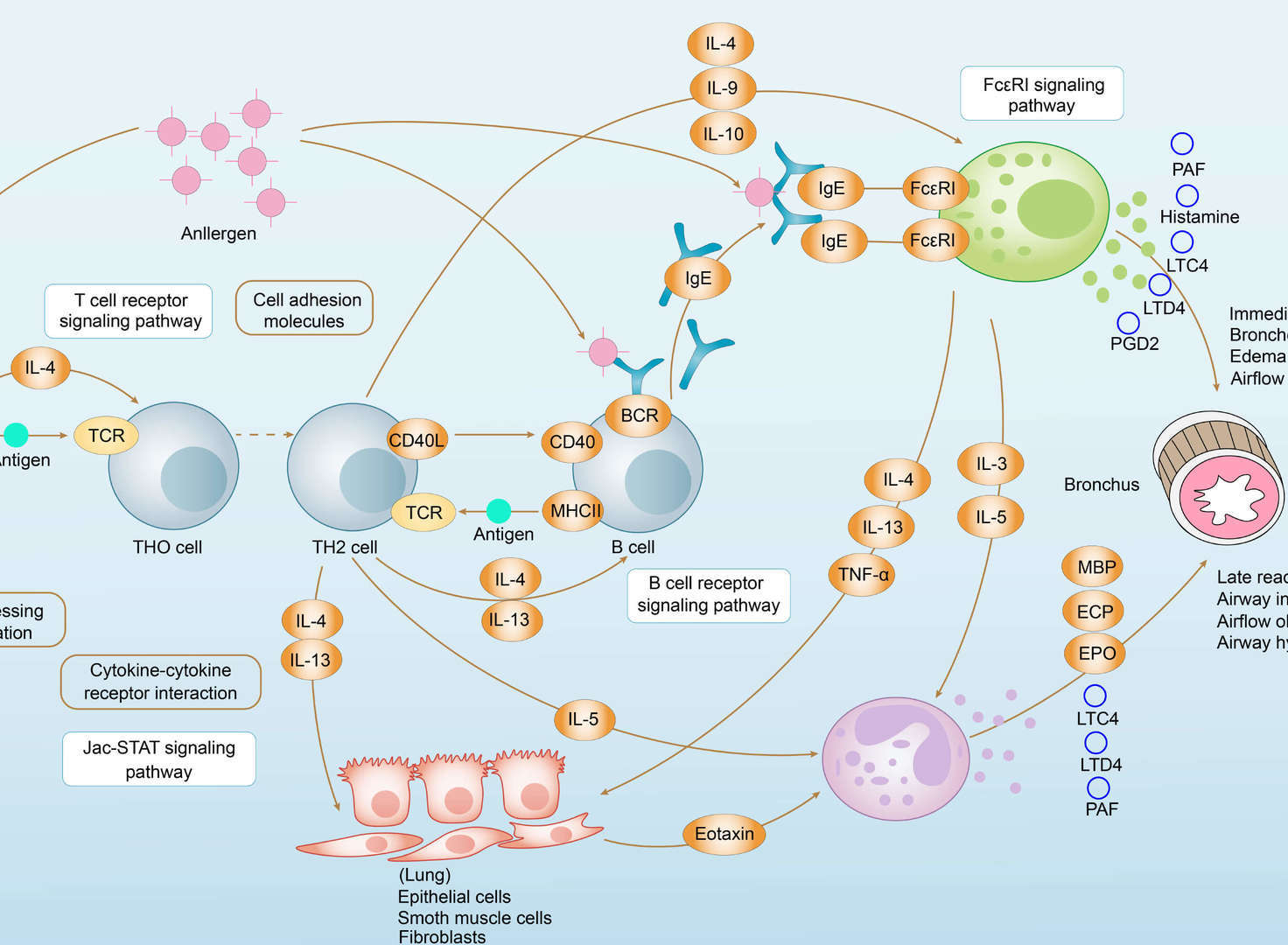 Asthma
Asthma
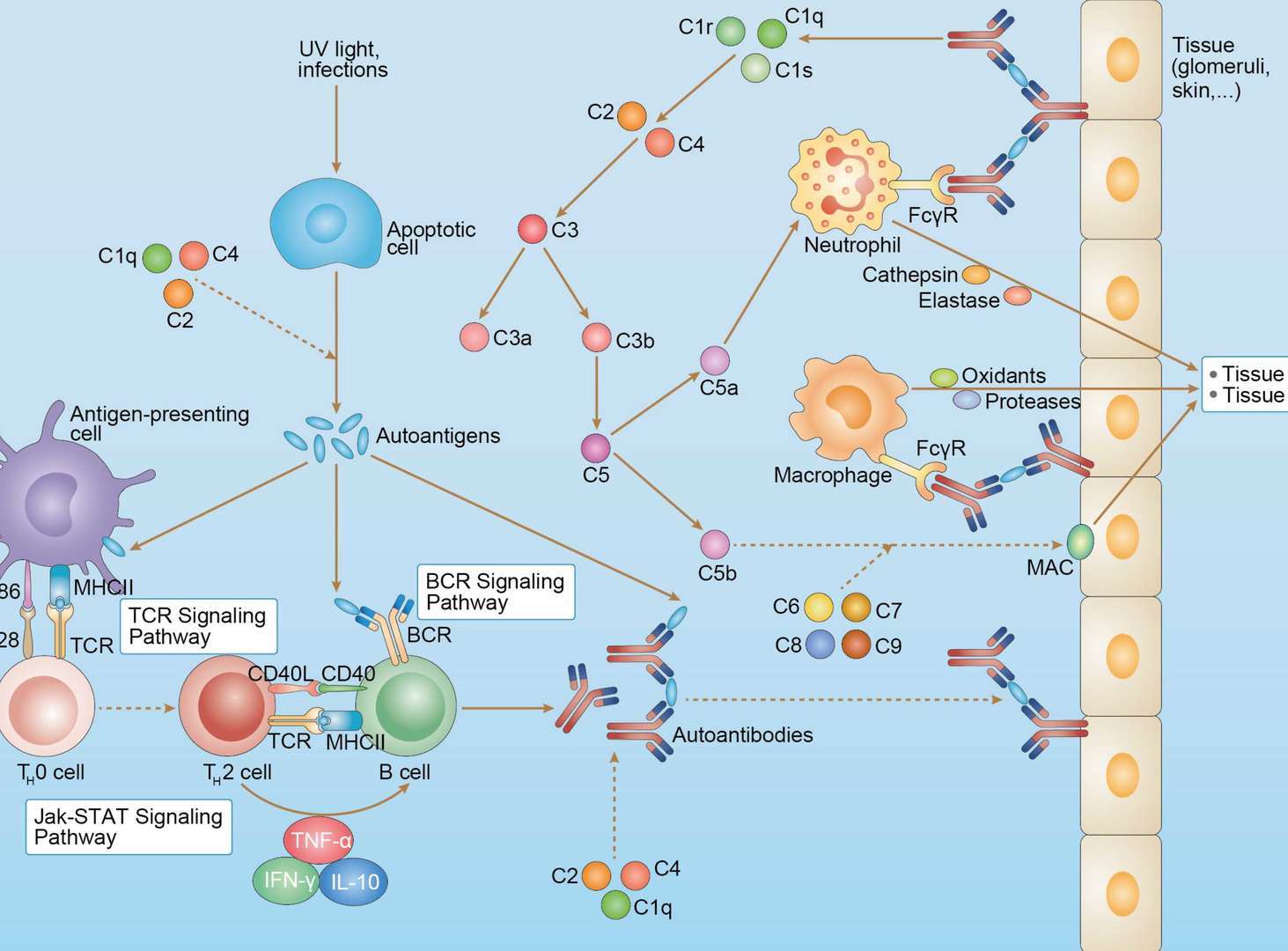 Systemic Lupus Erythematosus
Systemic Lupus Erythematosus
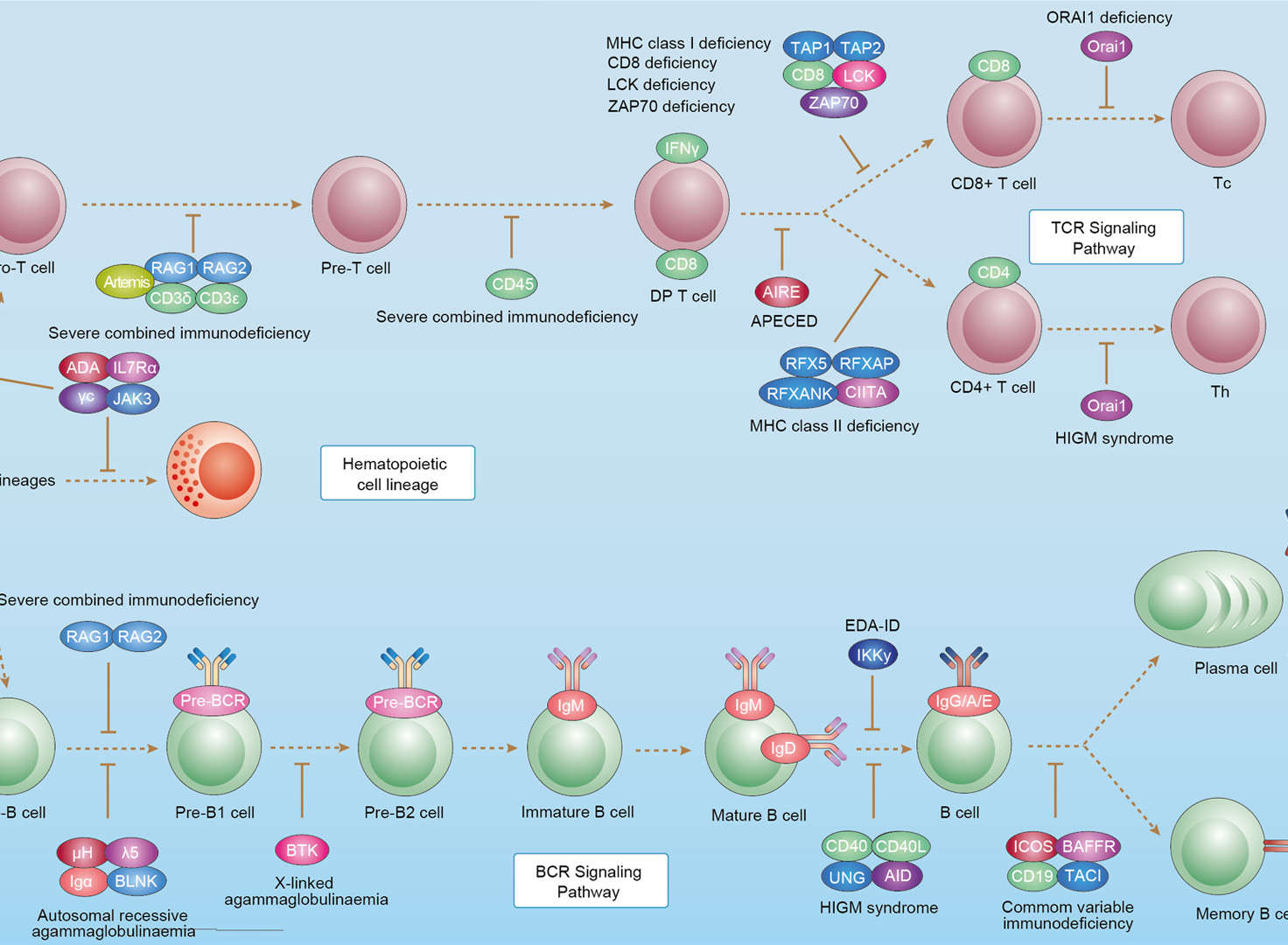 Primary Immunodeficiency
Primary Immunodeficiency
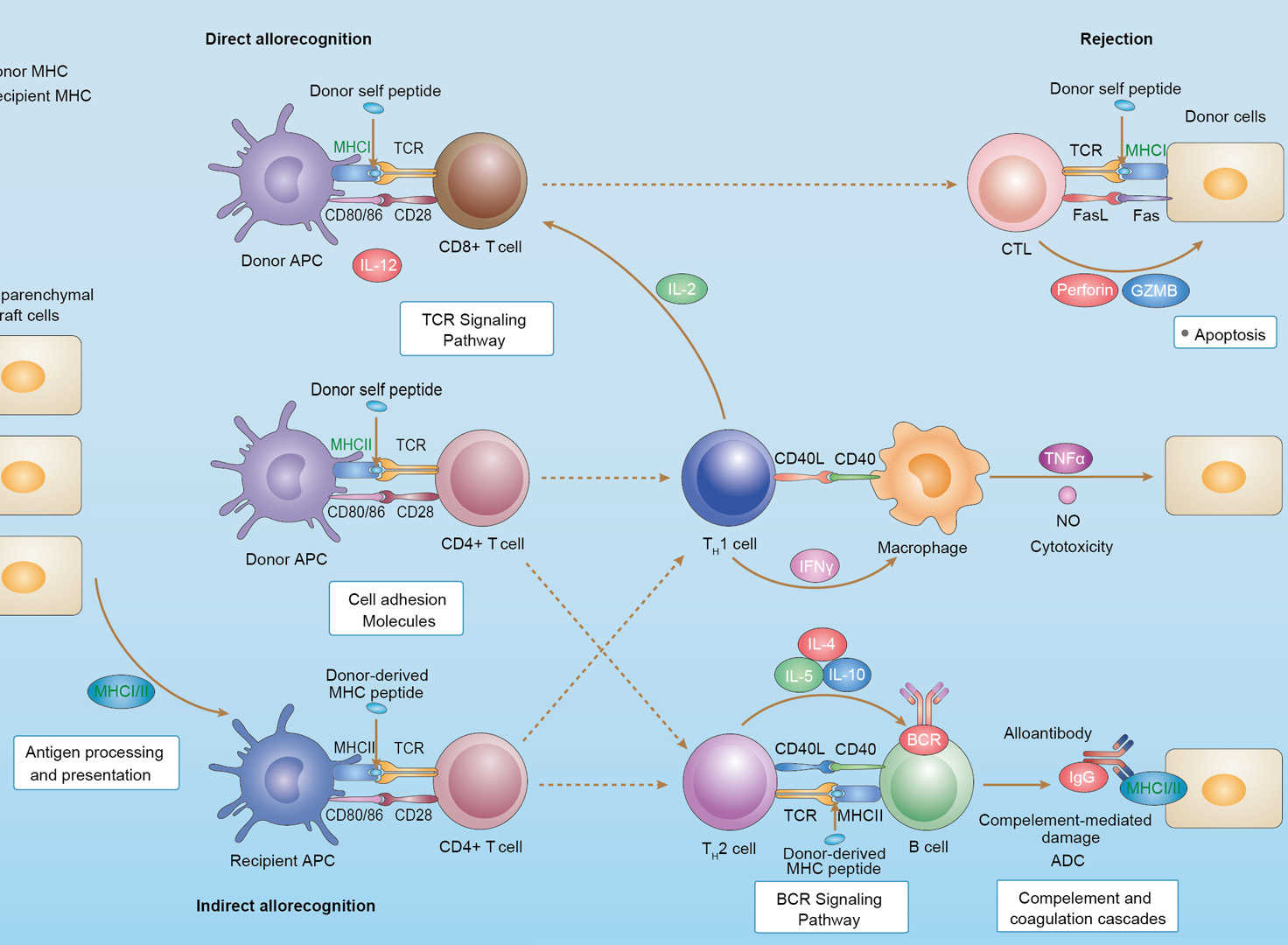 Allograft Rejection
Allograft Rejection
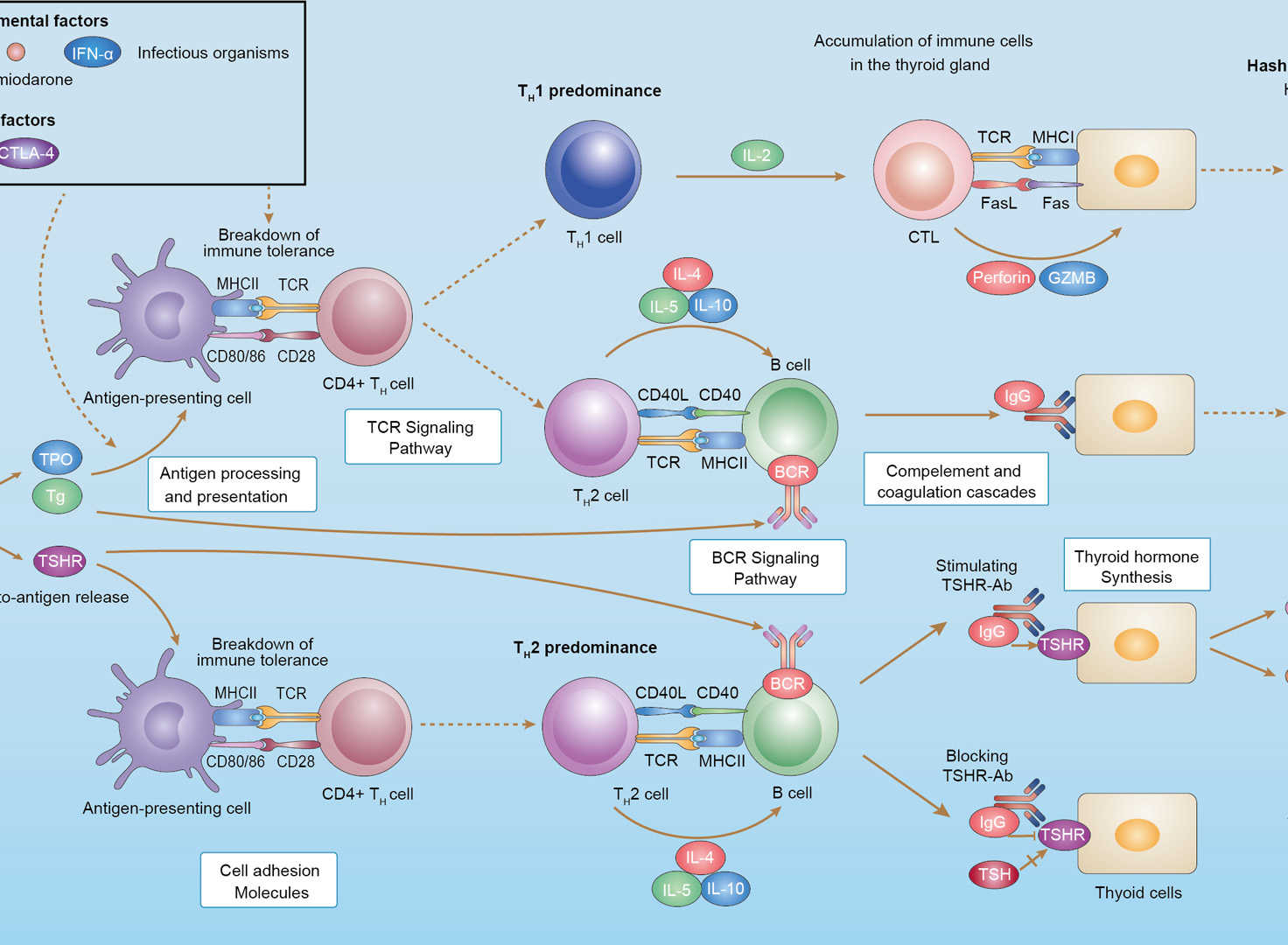 Autoimmune Thyroid Disease
Autoimmune Thyroid Disease





-3.jpg)








